Power, Reimagined: Bi-Directional Charging Stations
Chosen theme: Bi-Directional Charging Stations. Welcome to a future where your vehicle is not just a way to travel, but a dynamic energy partner for your home, your community, and the grid. Explore how this technology reshapes resilience, savings, and sustainability—and join the conversation.

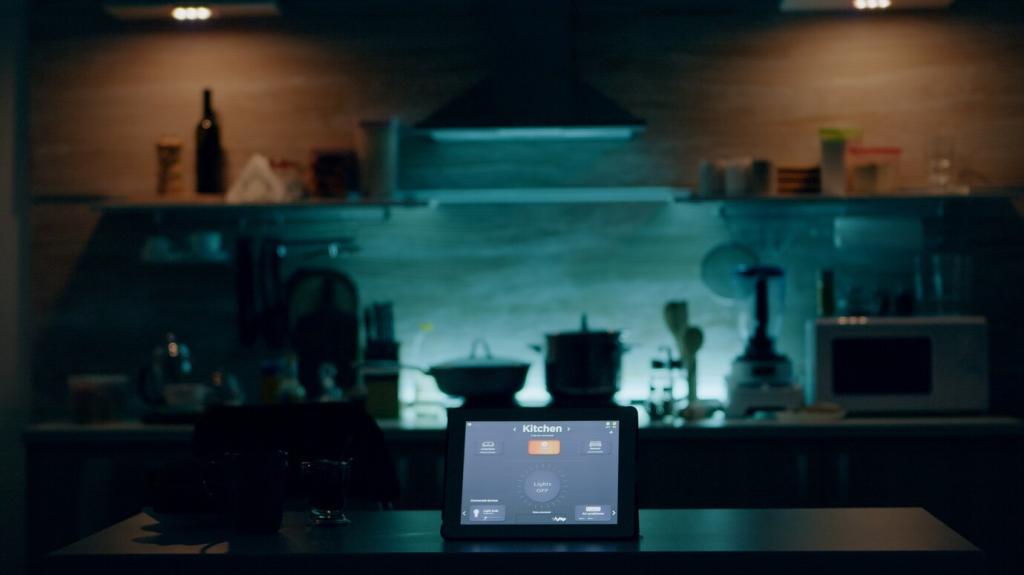
Bi-Directional Basics: What It Is and Why It Matters
Power electronics invert and condition DC energy from the EV battery to AC for buildings or the grid, synchronized with utility standards. Protocols such as ISO 15118-20 and OCPP 2.0.1 coordinate communication, while bidirectional-capable connectors and certified hardware manage safety, grounding, and seamless energy handshakes.
Bi-Directional Basics: What It Is and Why It Matters
Vehicle-to-Grid sells services like peak shaving and frequency support. Vehicle-to-Home and Vehicle-to-Building back up essential loads. Vehicle-to-Load powers tools or appliances directly. Whether AC or DC coupled, all approaches rely on smart controls, careful interconnection, and clear rules from utilities and standards bodies.
Home Resilience with Vehicle-to-Home (V2H)
When a winter squall knocked power out across their block, the Patel family’s bidirectional setup quietly took over. Their EV powered heat, Wi‑Fi, and the kitchen, keeping everyone safe and comfortable. When the grid returned at 3 a.m., the charger automatically switched back without a flicker.
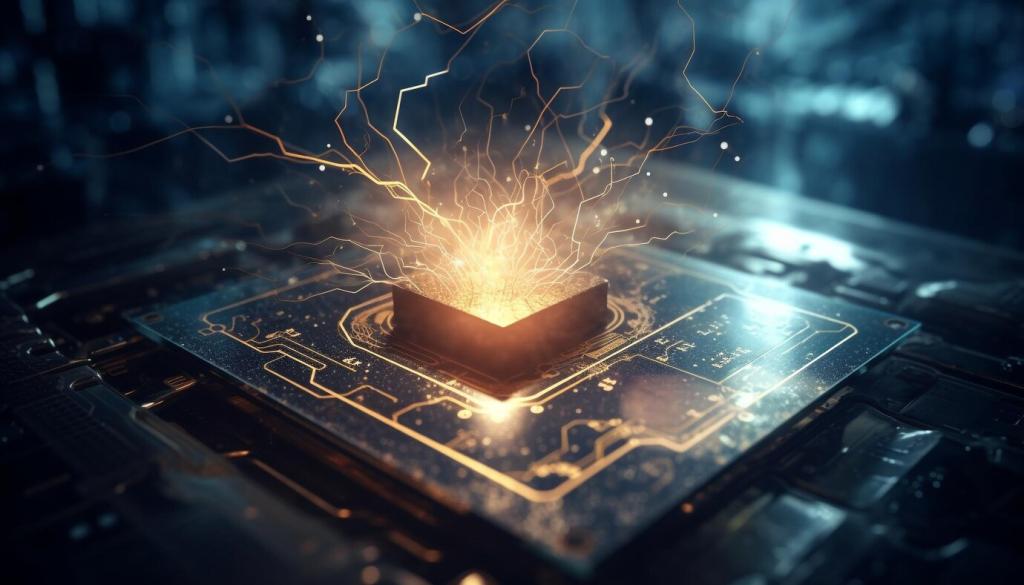
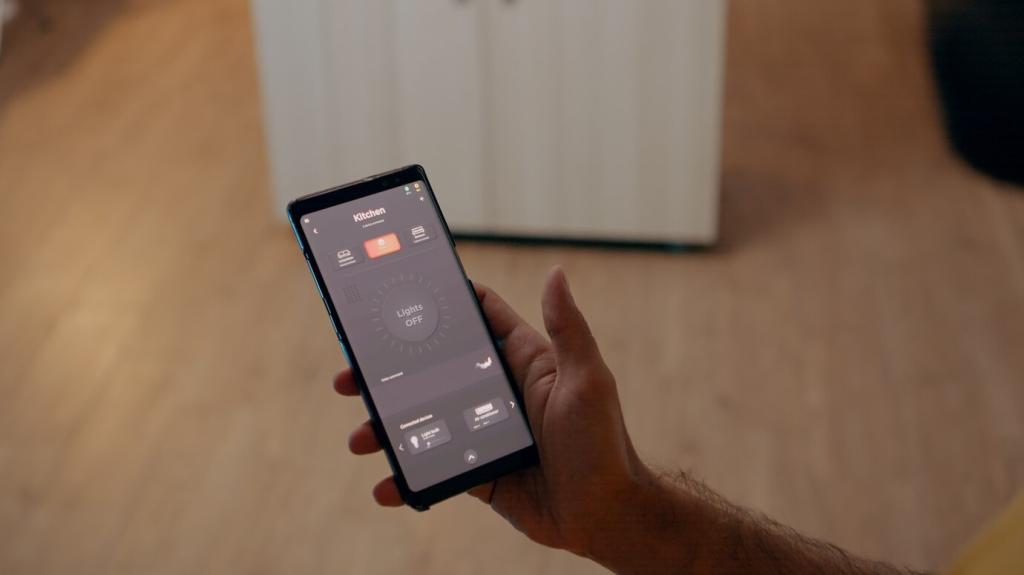


Speaking the Same Energy Language
Standards like ISO 15118‑20 enable bidirectional energy transfer and secure Plug & Charge, while OCPP 2.0.1 connects chargers to management platforms. These protocols coordinate metering, commands, and updates, ensuring your charger and vehicle can negotiate power flow with trust and transparency.
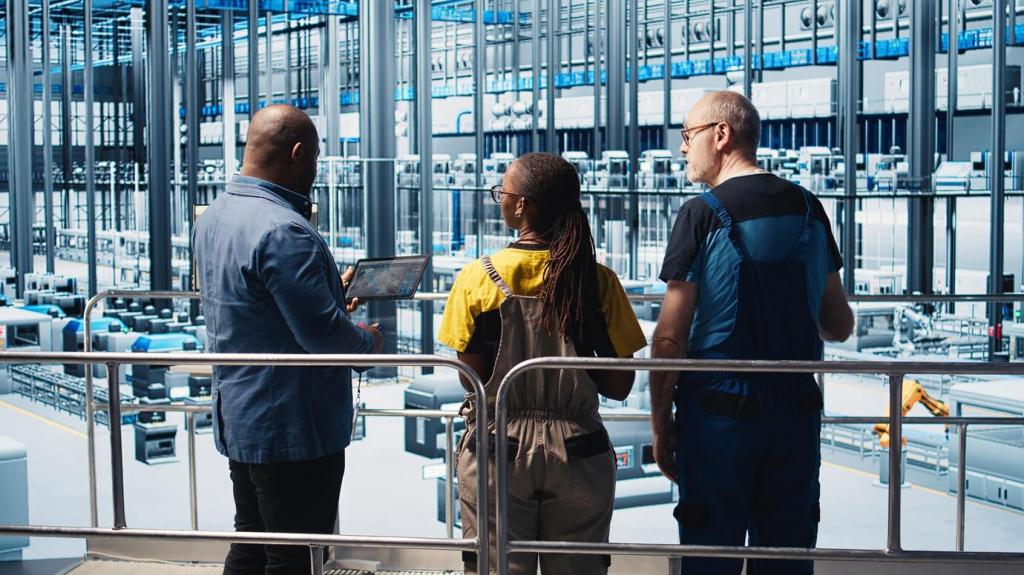
Interconnection and Protection
Utilities require certified anti‑islanding and protection features for exporting energy. Certifications such as UL 9741 for bidirectional EVSE and compliance with IEEE 1547‑based requirements ensure safety. Expect site inspections, proper grounding, and documentation that verifies your system operates correctly under grid events.
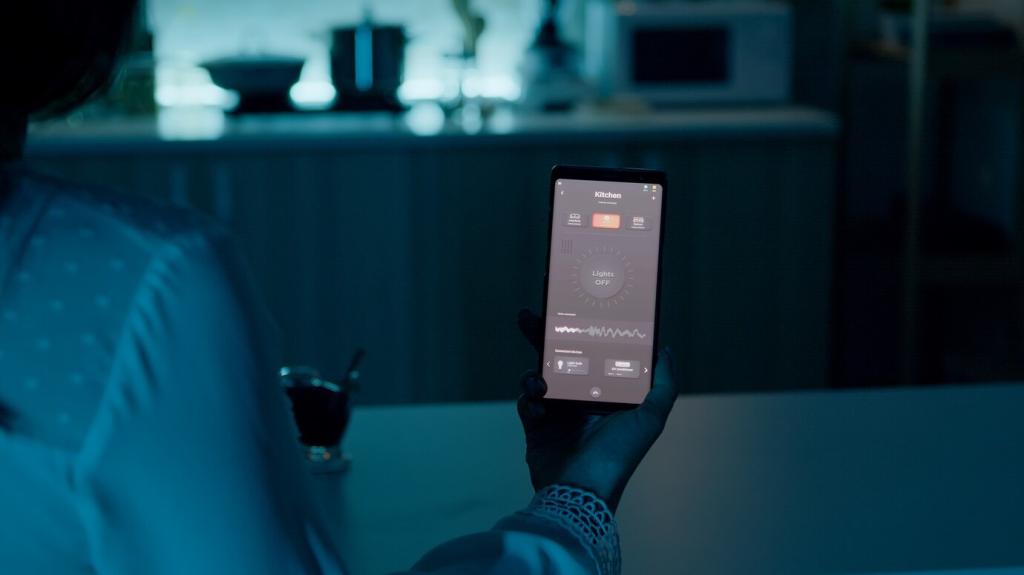
Peace of Mind at Home
A licensed electrician should install your bidirectional system, confirm panel capacity, and integrate a transfer switch. Ground‑fault protection, correct labeling, and periodic firmware updates keep everything safe. Subscribe to receive our homeowner safety guide and share questions about permitting or equipment compatibility.
Money Matters and Battery Health

Charge when prices are low, discharge when they spike—it sounds simple, but software makes it elegant. Schedules consider commute needs, grid signals, and round‑trip efficiency. Over time, these small optimizations compound into noticeable bill savings without sacrificing convenience or comfort.
Your First Setup: From Idea to Live System
Confirm your vehicle and EVSE support bidirectional operation. Some models and connectors already enable V2X features, and more are arriving with modern standards. Verify details with your automaker and charger vendor, and make sure firmware supports the specific use case you want.
Join our mailing list
